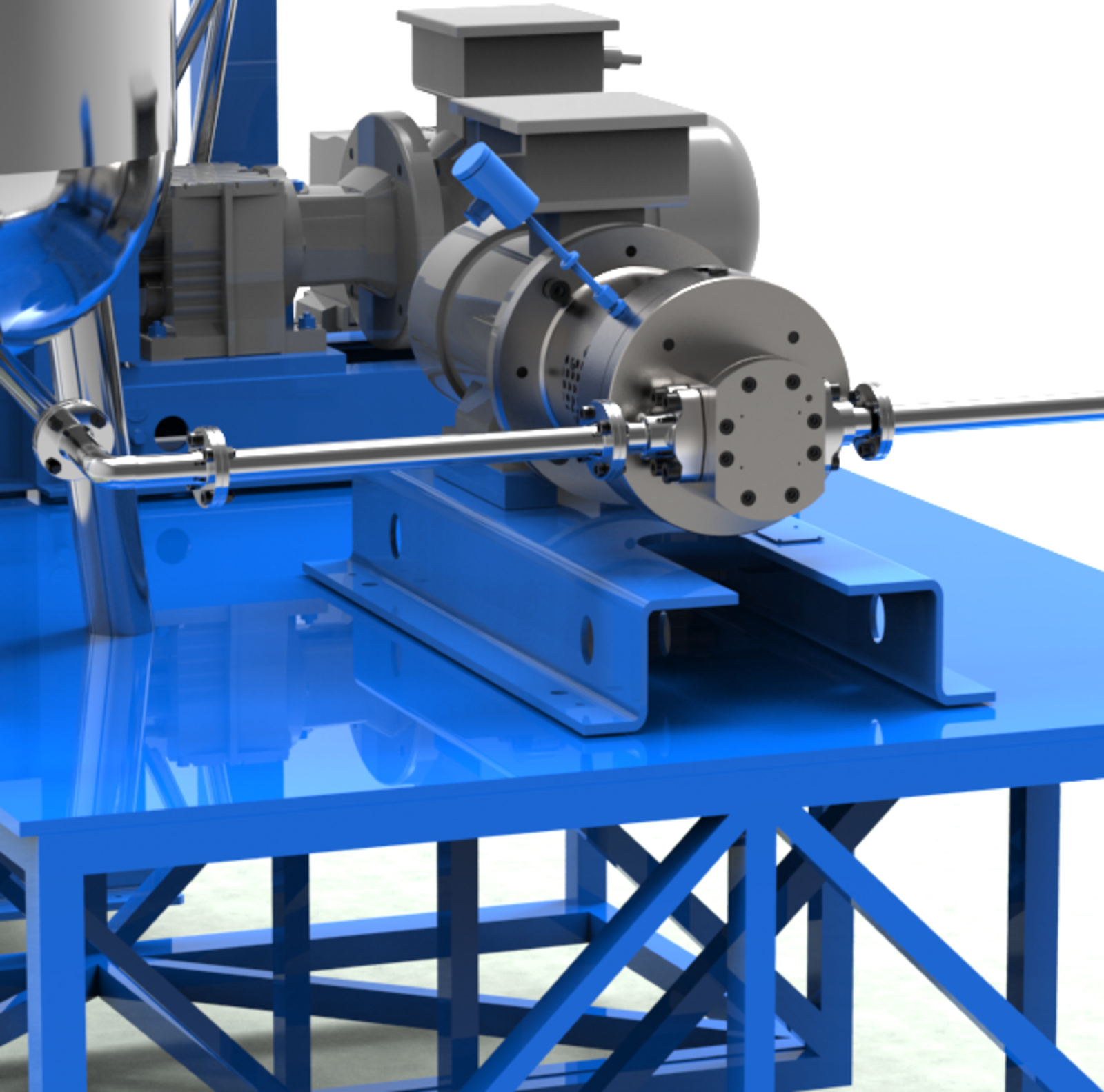Gear pump for distillation
The distillation pump is used in the thermal separation process to convey the more volatile medium at the column head. Depending on the application, the distillate can be the valuable material itself or a solvent that is to be fed back into the process and reused. This has the advantage that resources can be conserved and cost-intensive disposal processes avoided.
